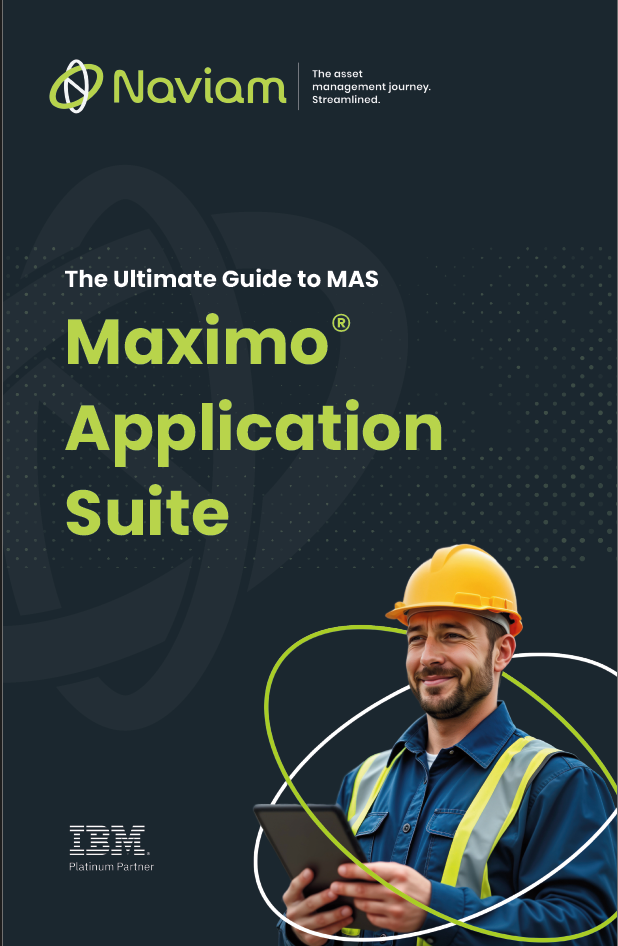What is Asset Lifecycle Management?

What is Asset Lifecycle Management?
Asset lifecycle management is the construction, development, procurement and operation of a business’ physical assets in order to extract maximum value from them throughout their lifecycle. It ensures that assets are efficiently utilized, maintained, and eventually retired or replaced in a cost-effective manner. ALM is commonly used in industries like manufacturing, IT, construction, healthcare, and infrastructure management.

Stages of
Asset Lifecycle Management

Planning & Acquisition
Identifying needs and selecting assets based on performance, cost, and longevity.
Procuring assets through purchasing, leasing, or renting.

Deployment & Commissioning
Installing and configuring assets to ensure they function optimally.
Conducting initial tests and training personnel for proper usage.

Utilization & Maintenance
Maximizing asset performance through regular monitoring and preventive maintenance.
Managing repairs, upgrades, and compliance with operational guidelines.

Optimization & Upgrades
Enhancing asset efficiency through upgrades, replacements, or technological improvements.
Tracking asset performance metrics to optimize return on investment (ROI).

Decommissioning & Disposal
Phasing out outdated or non-functional assets safely and sustainably.
Recycling, selling, or disposing of assets according to regulations.
Unlock the Ultimate Guide to IBM Maximo Application Suite (MAS)
Discover everything you need to know to modernize your asset management strategy.
Inside, you’ll learn:
- What’s new in IBM Maximo Application Suite 9.0
- Key differences between Maximo 7.6 and MAS
- How AppPoints and OpenShift change the game
- Industry use cases across energy, manufacturing, and transportation
- Step-by-step guidance for upgrading and migration readiness

Streamline Your Asset Lifecycle from Start to Finish
Streamline Your Asset Lifecycle from Start to Finish
Naviam helps organizations implement smarter Asset Lifecycle Management strategies using IBM Maximo—ensuring every asset is efficiently acquired, maintained, optimized, and retired for maximum ROI.






.avif)
